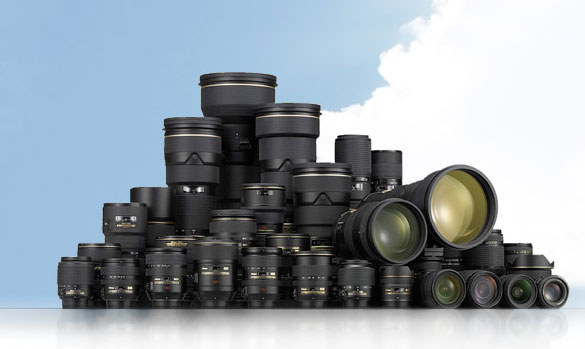
My inspiration in photography has always come from the people and history of DC Metro Area. When I began with photography 2 years ago, I would walk the streets of DC for fun and people watch. I did not know that it was called street photography. Over time, I grew a portrait and casual event for friends, began to photograph and learn more about the unique neighborhoods and incredible architecture of DC Metro Area, and just went exploring as much as I possibly could and taking classes at Montogomery College in MD.
Experienced in all different kinds of photography with Strong aesthetic sense and Technical knowledge of multiple camera technologies, posses Extensive communication, cooperation, and service skills with Critical thinking, analysis, and strong attention to small details. Professionally I Capture images taking all aspects into consideration, including outside lighting, shadows, and lens requirements. Edit and pre-edit images to ensure they are high quality and properly color corrected. Communicate effectively with friends at all times to guarantee satisfaction and maximize chances of return business.






















